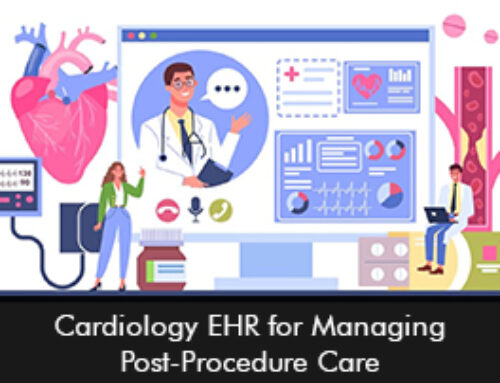Clinician burnout is a major issue faced by healthcare providers in the United States. According to the the American Medical Association burnout occurs because of long-term stress reactions. Being a physician is stressful, and the demanding workload associated with healthcare can lead to burnout.
Reasons for an Increase in physician burnout
Many triggers can contribute to provider dissatisfaction and an increase in exhaustion levels that can ultimately lead to burnout. The following are the reasons for rising clinician burnout rates:
- Increase in regulations
- Patient demands growing
- COVID-19 pandemic
- The burden of administrative tasks
- Working many hours
What is Remote Patient Monitoring (RPM)?
Remote Patient Monitoring technology allows healthcare providers to monitor patients’ health remotely using various devices and sensors. RPM enables patient data collection, such as vital signs, symptoms, medication adherence, and other relevant information, outside of traditional healthcare settings. This data is then transmitted securely to healthcare professionals for review, analysis, and intervention as necessary.
Devices used to make RPM programs work
To make the remote monitoring procedure easier, RPM makes use of gadgets like wearable sensors, smartphone apps, connected medical devices, and telecommunications infrastructure. These electronic devices may monitor several health variables, such as respiration rate, blood pressure, heart rate, glucose levels, and more.
Patients with chronic conditions can use these devices at home, to monitor their conditions and send data to providers in real-time.
Remote patient monitoring and EMR integration
RPM platforms frequently integrate with Electronic Medical Records (EMR) Software to improve the flow of patient data. The interface enables the acquired RPM data to be uploaded and stored smoothly within the patient’s electronic medical record. This interface gives healthcare providers a comprehensive view of a patient’s health information, including previous EHR data as well as real-time data acquired from remote patient monitoring devices.
How can Remote Patient Monitoring Technology alleviate clinician burnout?
A crucial objective for ensuring the well-being and efficacy of healthcare personnel is the reduction of clinician burnout. The usage of Remote Patient Monitoring (RPM) is one strategy that can be used to address this problem.
Improved Patient Management
Through RPM tools providers can easily monitor patient conditions remotely. They can view the patient’s vital signs and symptoms without in-person visits. When patient conditions can be managed proactively physicians can prevent situations that can lead to stress.
Optimize Time
Deploying remote patient monitoring technology removes the need for healthcare providers to spend a significant amount of time on routine check-ups and follow-ups. Instead, they can analyze patients’ data remotely and concentrate their efforts on those who need immediate attention. This streamlined workflow allows physicians to better manage their time, distribute resources, and lessen the strain of repeating tasks, which can contribute to burnout.
The efficiency of RPM in chronic care management
RPM services can enable providers to track health metrics between clinic visits and also facilitate seamless patient-provider communication. This alleviates the burden of chronic care management and leads to high-quality outcomes and patient satisfaction.







